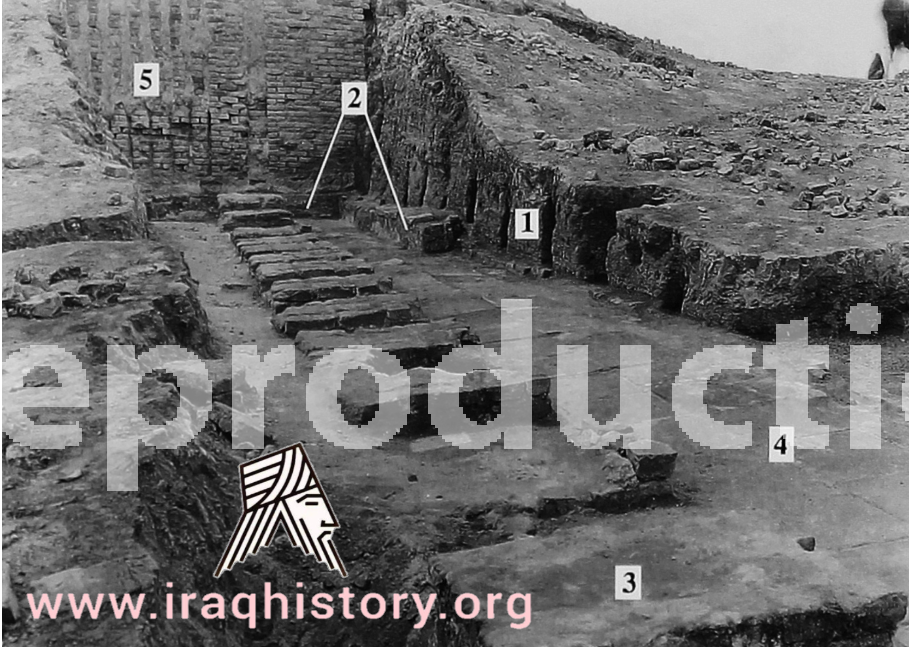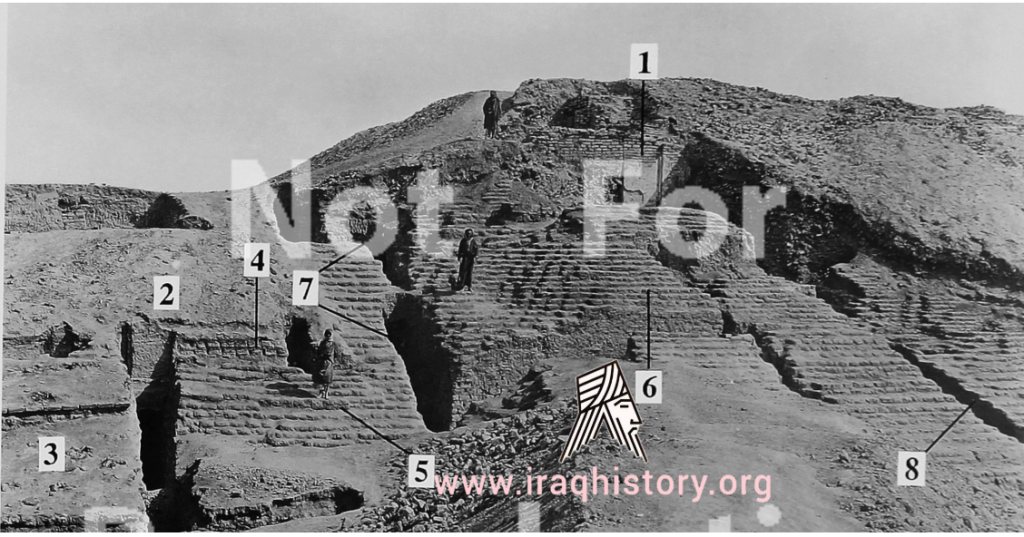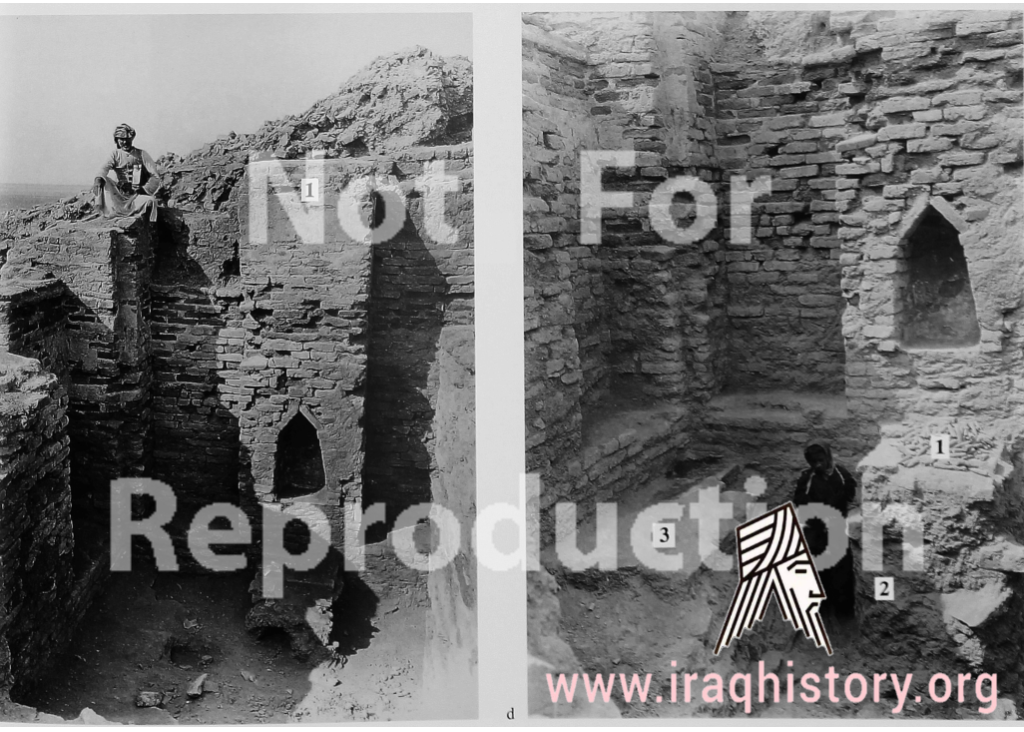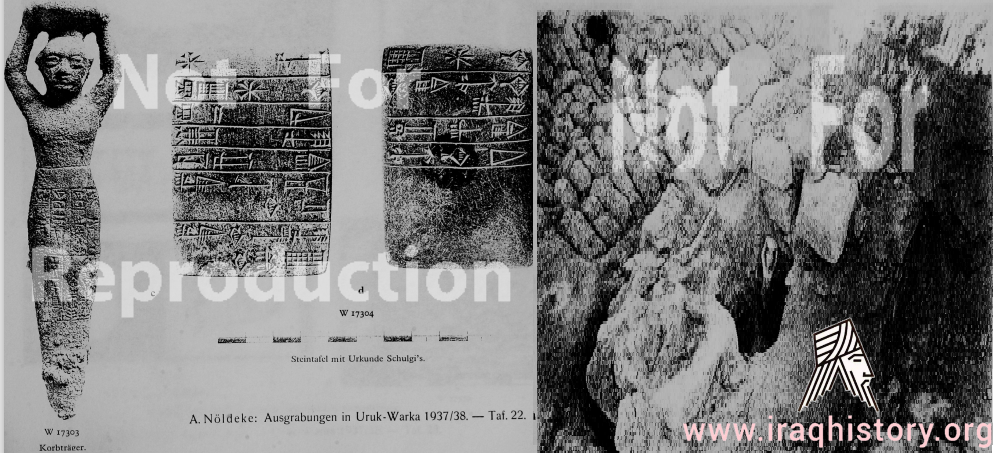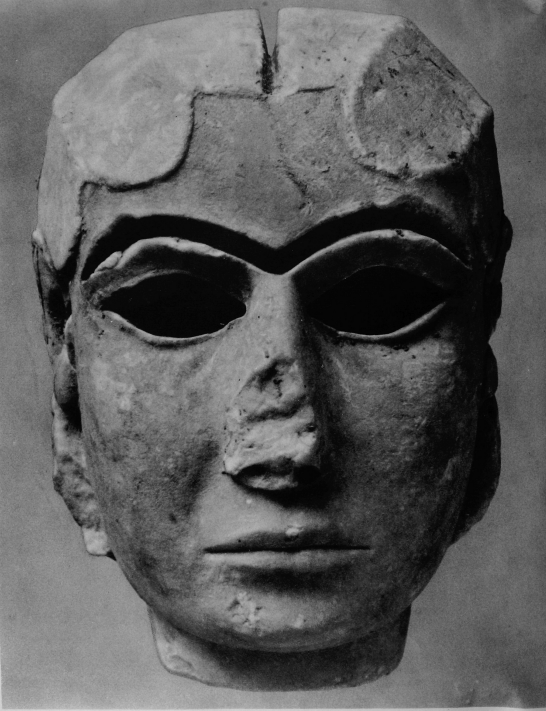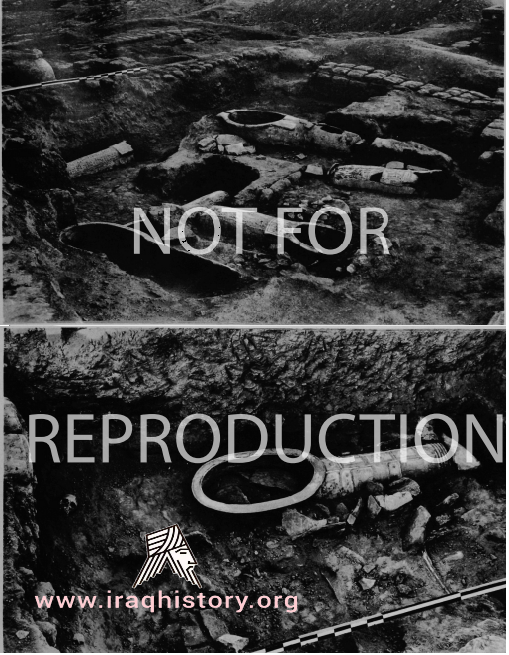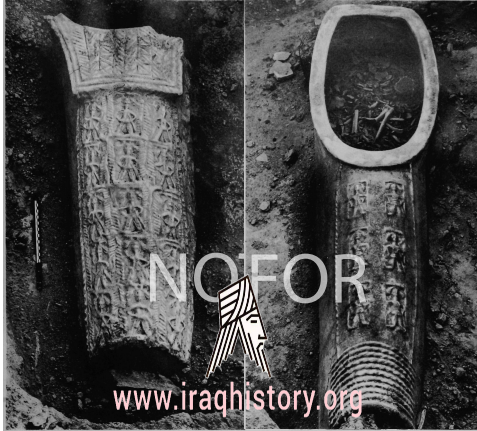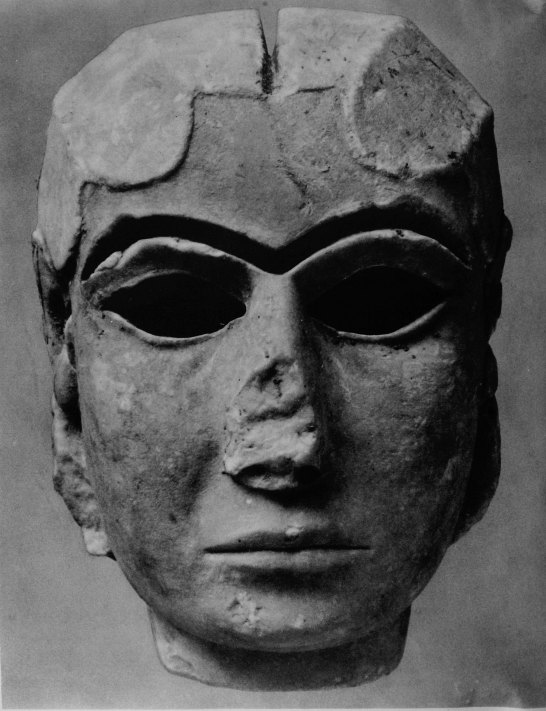Uruk is the type site for the Uruk period. Uruk played a leading role in the early urbanization of Sumer in the mid-4th millennium BC. By the final phase of the Uruk period around 3100 BC, the city may have had 40,000 residents, with 80,000–90,000 people living in its environs, making it the largest urban area in the world at the time
King Gilgamesh, according to the chronology presented in the Sumerian King List (henceforth SKL), ruled Uruk in the 27th century BC. The city lost its prime importance around 2000 BC in the context of the struggle of Babylonia against Elam, but it remained inhabited throughout the Achaemenid (550–330 BC), Seleucid (312–63 BC) and Parthian (227 BC to AD 224) periods until it was finally abandoned shortly before or after the Islamic conquest of 633–638. William Kennett Loftus visited the site of Uruk in 1849, identifying it as “Erech”, known as “the second city of Nimrod”, and led the first excavations from 1850 to 1854
